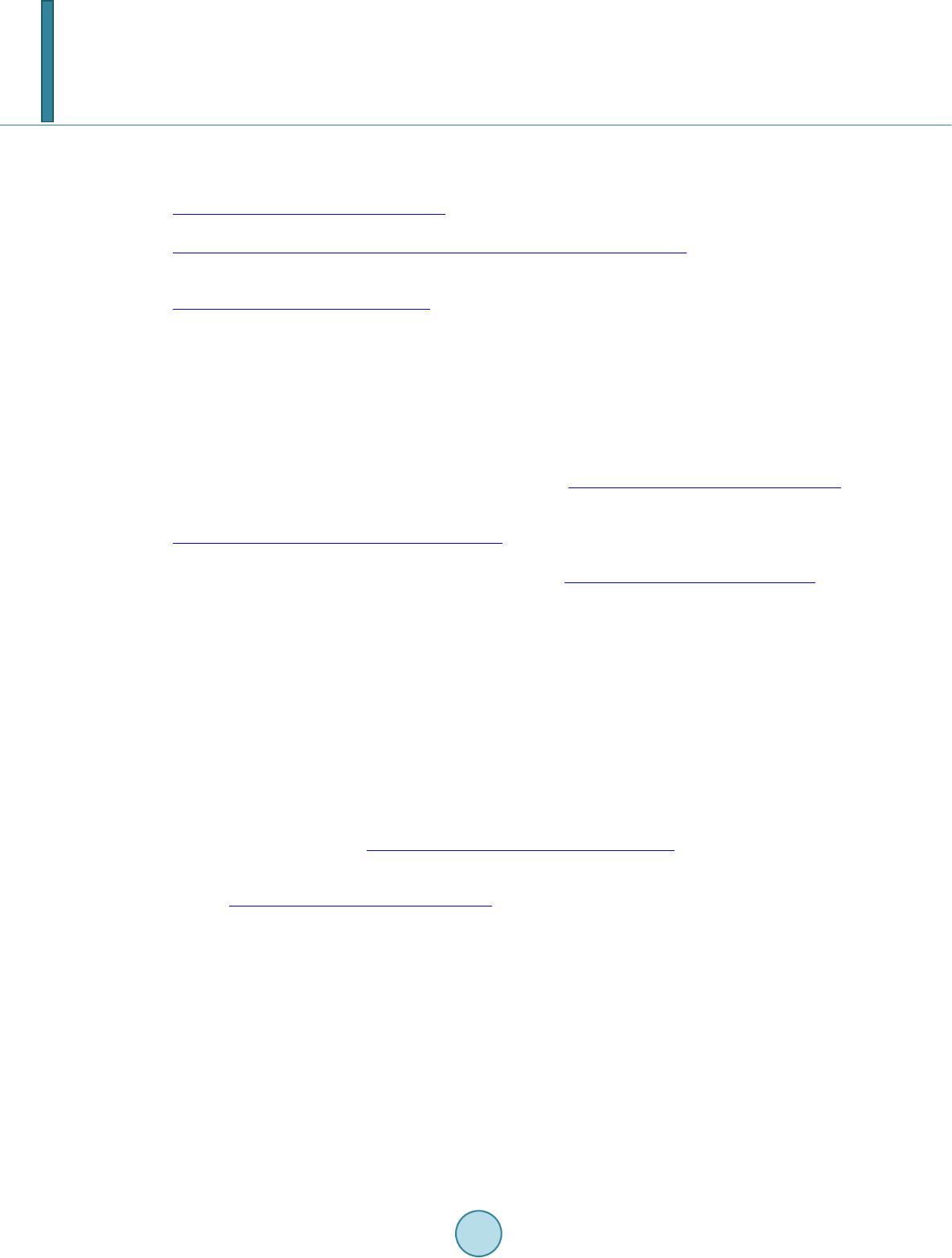
H.-W. V. Tang et al.
References
[1] Hing, N., McCabe, V., Lewis, P. and Leiper, N. (1998) Hospitality Trends in the Asia-Pacific: A Discussion of Five
Key Sectors. International Journal of Contemporary Hospitality Management, 10, 264-271.
http://dx.doi.org/10.1108/09596119810240852
[2] UFI (2011) The Global Exhibition Industry Statistics 2011.
http://www.ufi.org/Medias/pdf/thetradefairsector/2011_exhibiton_industry_statistics.pdf
[3] Tang, H.W. and Yin, M.S. (2014) Constructing a Competence Model for International Professionals in the MICE In-
dustry: An Analytic Hierarchy Process Approach. Journal of Hospitality, Leisure, Sport & Tourism Education, 15, 34-49.
http://dx.doi.or g/10. 1016/ j.jhl ste.2 014.04. 001
[4] Fullan, M. (2007) The New Meaning of Educational Change. 4th Edition, Teachers College Press, New York.
[5] Rogers, E.M. (1995) Diffusion of innovation. 4th Edition, The Free Press, New York.
[6] Alias, N.A. and Zainuddin, A.M. (2005) Innovation for Better Teaching and Learning: Adopting the Learning Man-
agement System. Malaysian Online Journal of Instructional Technology, 2, 27-40.
[7] Lee, Y.H., Hsieh, Y.C. and Hsu, C.N. (2011) Adding Innovation Diffusion Theory to the Technology Acceptance
Model: Supporting Employees’ Intentions to Use E-Learning Systems. Educational Technology & Society, 14, 124-
137.
[8] MacVaugh, J. and Schiavone, F. (2010) Limits to the Diffusion of Innovation: A Literature Review and Integrative
Model. European Journal of Innovation Management, 13, 197-221. http://dx.doi.org/10.1108/14601061011040258
[9] Nachmias, R., Mioduser, D., Cohen, A., Tubin, D. and Forkosh-Baruch, A. (2004) Factors Involved in the Implemen-
tation of Pedagogical Innovations Using Technology. Education and Information Technologies, 9, 291-308.
http://dx.doi.org/10.1023/B:EAIT.0000042045.12692.49
[10] Saaty, T.L. (2006) The Analytic Network Process, Decision Making with the Analytic Network Process. International
Series in Operations Research and Management Science, 95, 1-26. http://dx.doi.org/10.1007/0-3 87-33987-6_1
[11] Fan, C.K., Sheu, Y.K.,Wang, J.M. and Lee, Y.H. (2008) Using Analytic Hierarchy Process Method and Sensitivity
Analysis to Evaluate Curriculum in Department of Risk Management and Insurance. Journal of Innovation and Man-
agement, 5, 57-178.
[12] Li, P.Y.P. and Wang, F.J. (2010) An Analysis of Essential Competencies of Hotel First Level Supervisors. Interna-
tional Journal of Organizational Innovation, 3, 140-161.
[13] Lin, H.Y., Lin, S.H., Chiu, C.Y., Hung, W.T. and Chen, C.Y. (2010) An AHP Approach to Industry-Oriented Man-
agement Competence Development in an Institute of Technology. World Transactions on Engineering and Technology
Education, 8, 339-343.
[14] Kim, H., Han, Y., Kim, S. and Choi, M. (2005) A Curriculum Design for E-Commerce Security. Journal of Informa-
tion Systems Education, 16, 55-64.
[15] Parker, K. R. , Chao, J.T., Ottaway, T.A. and Chang, J. (2006) A Formal Language Selection Process for Introductory
Programming Courses. Journal of Information Technology Education, 5, 133-150.
[16] Tang, H.W.V. (2011) Optimizing an Immersion ESL Curriculum Using Analytic Hierarchy Process. Evaluation and
Program Planning, 34, 343-352. http://dx.doi.org/10.1016/j.evalprogplan.2011.04.002
[17] Durlak, J. A. and Dupre, E.P. (2008) Impleme ntatio n Matters: A Review of Research on the Influence of Implementa-
tion on Program Outcomes and the Factors Affecting Implementation. American Journal of Community Psychology, 41,
327-350. http://dx.doi.org/10.1007/s10464-008-9165-0